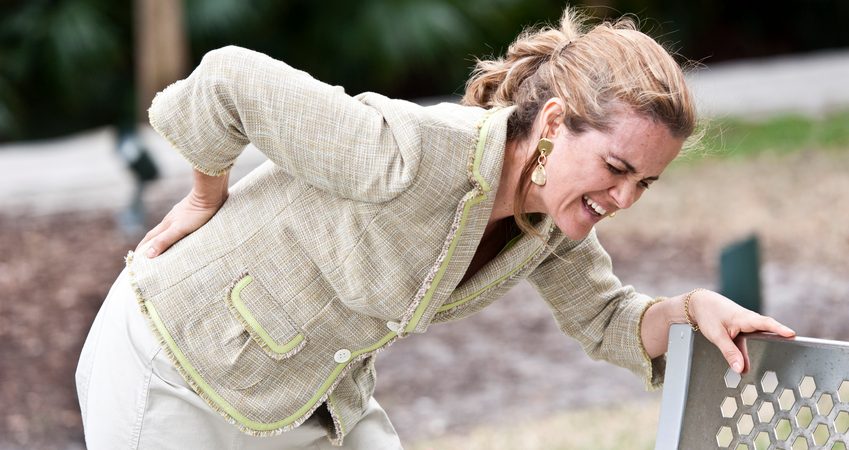How to Know if a Loved One Has Dementia – Recognizing Dementia’s Tell-Tale Symptoms
It’s normal for people to get more forgetful when they age. But dementia goes beyond that typical tip of your tongue feeling when you forget someone’s name at the grocery store. Dementia results from damage or disease in the brain. What clues could spell when it’s time to seek more help? Recognizing these common early symptoms could let you know…
If your loved one shows signs of dementia, our advanced neurological center in Palm Harbor, Florida provides a program that can slow dementia’s progress or even reverse it. Many of our patients even resume an independent lifestyle. If you’d like to speak with neurologist Dr. Allan Spiegel, M.D. to learn if our Dementia Treatment Program including Occupational Therapy is right for you or your family member with dementia, simply click here or call 727-787-7077.
Read more: Recognizing Dementia’s Tell-Tale Symptoms
How to Know if a Loved One Has Dementia
Sometimes it can be tricky to know where forgetfulness ends and dementia begins. The best way to know for certain is to seek the advice of a specialist who can perform simple, but accurate tests. Noticing the following early symptoms could help you decide when it’s time to get an evaluation:
- Losing short term memory: One early sign of dementia is loss of short term memory. Can the person recall details from their life years ago but not remember what they ate for lunch? Do they sometimes forget where they just put their glasses, why they walked into a room, or that they had a date for lunch with a friend?
- Struggling to find the right words: This is a typical problem with the onset of dementia. Does the person have trouble communicating their thoughts or explaining things? Do their words seem mixed-up or confused? Do you find it challenging to hold or wrap up a conversation with them?
- Mood changes: Dementia frequently brings on changes in mood or personality shifts. Have you noticed the person seems depressed or fearful when they didn’t used to be? Do they now speak to strangers or act sociably when they used to be shy?
- Loses interest in activities that used to be fun: This kind of apathy often occurs during early dementia. Has the person stopped going out with friends or given up on hobbies? Have they lost interest in birthdays or other family events? Do they seem flat, emotionally?
- Normal tasks take more effort: Having difficulty completing familiar tasks may be a sign of early dementia. For instance, does the person have a harder time balancing a checkbook or counting up points after a game of cards?
- Confused by storylines: One classic early sign of dementia is losing track of a story. Does the person have difficulty following the gist of a conversation or the plot of a movie?
- Repeating themselves: With a memory that’s fading, those with dementia frequently become repetitive – both with words and tasks. Does the person repeat the same question frequently, even after you’ve answered it? Do they repeat daily tasks, like brushing their teeth or shaving twice in the morning?
- Getting lost easily: Those with early dementia often find their sense of direction and location decline. Does the person lose their way when driving in familiar places? Do they miss long-recognized landmarks? Do they have trouble following directions, guides or step-by-step instructions?
If you or your loved one shows these signs of dementia, our advanced neurological center in Palm Harbor, Florida provides a program that can slow dementia’s progress or sometimes even reverse it. Many of our patients even resume their independence. If you’d like to speak with neurologist Dr. Allan Spiegel, M.D. to learn if our Dementia Treatment Program including Occupational Therapy is right for you or your family member with dementia, call 727-787-7077.




